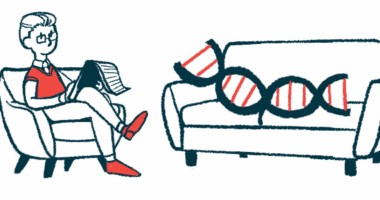
Types of Epidermolysis Bullosa
Epidermolysis Bullosa Simplex
Epidermolysis bullosa simplex (EBS) is the most common form of the disease. Typically appearing in infancy or early childhood, EBS ranges from mild blistering that is usually localized to the hands and feet to more severe and generalized blistering of the skin.
Dystrophic Epidermolysis Bullosa
In dystrophic epidermolysis bullosa, blistering occurs in the lamina densa, which is a component of the basement membrane zone between the lamina lucida and the underlying dermis of the skin. Patients have skin that is fragile and blisters easily in response to minor injuries, or even rubbing or scratching.
Epidermolysis Bullosa Acquisita
Epidermolysis bullosa acquisita is an autoimmune disease characterized by sub-epithelial blistering of the skin and mucosal membranes in response to injury. It usually emerges in adulthood, mostly when people are in their 40s or 50s.
Junctional Epidermolysis Bullosa
Junctional epidermolysis bullosa (JEB) is characterized by blistering that occurs in a skin layer called the lamina lucida within the basement membrane zone. It usually manifests at birth or in early infancy, and blistering can be found over and throughout the body. JEB is the most severe type of the disease.
Kindler Syndrome
Kindler’s syndrome is a very rare form of epidermolysis bullosa. This type of EB is characterized by blisters that form most often on the back of the hands and tops of the feet and fragile papery skin.




